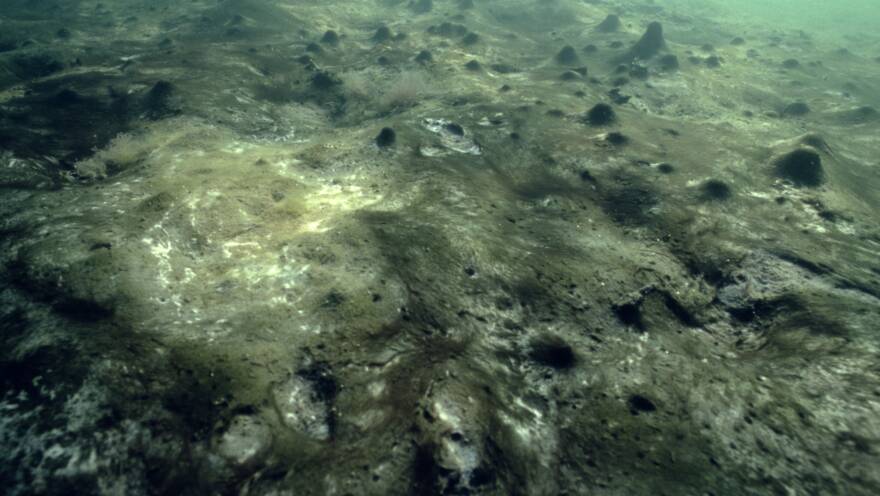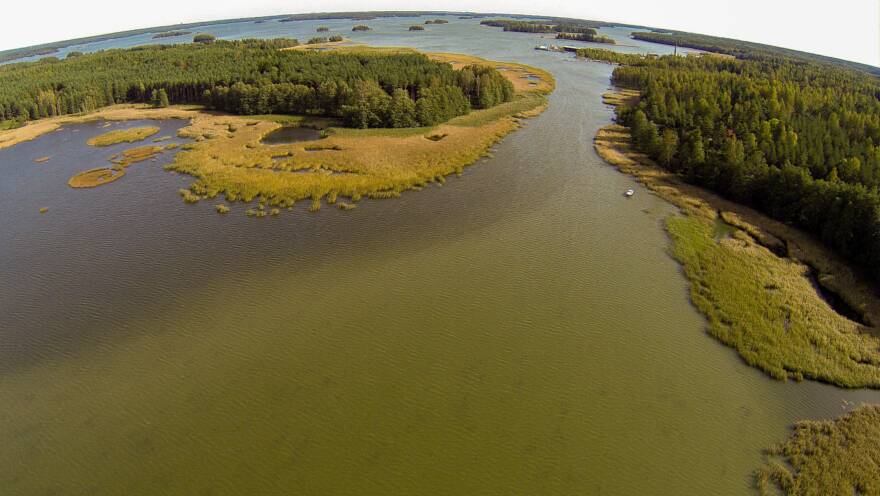
The high phosphorus content in winter predicts how much blue-green algae will occur the following summer
The availability of plant nutrients, i.e. phosphorus and nitrogen, regulates the growth of algae from spring to autumn. The concentrations of nutrients in the winter season are used as one measure of eutrophication when assessing the state of the Baltic Sea. High levels of phosphorous in winter predict an abundance of blue-green algae in summer.
In winter, the concentration of phosphate phosphorus in the surface waters of open sea areas varies between 5 and 40 mg/m3. The lowest phosphate levels are measured in the Bay of Bothnia and the highest in the Gulf of Finland. In coastal waters, concentrations are generally higher than in the open sea. Overall, the highest concentrations are measured off estuaries occurring along the southern and southwestern coast.
The off-bottom water above oxygen-depleted bottoms has a high phosphorus content because the sediments are unable to bind phosphorus under such conditions. In the deep parts of the Gulf of Finland, very high phosphorus levels are occasionally measured, i.e. up to 150 to 200 mg/m3.
In some sea areas located at the mouths of estuaries, which were previously subjected to heavy effluent loads, phosphorus concentrations have fallen sharply from the peak levels of the 1980s. Conversely, in the open sea areas and coastal waters of the Gulf of Finland, they have increased in recent years because the salt pulses entering the Baltic Sea have pushed the deep waters containing phosphorus into the Gulf of Finland. This is reflected by the increase in algae. Phosphorus concentrations have also increased in both the Bothnian Sea and the Sea of Åland, especially in the 2010s.
Take a closer look at the long-term trends and seasonal variations in phosphorus concentrations in the Baltic Sea!
-
 Find out more
Find out moreInternal loading
-
 Find out more
Find out moreSources of nutrient runoff